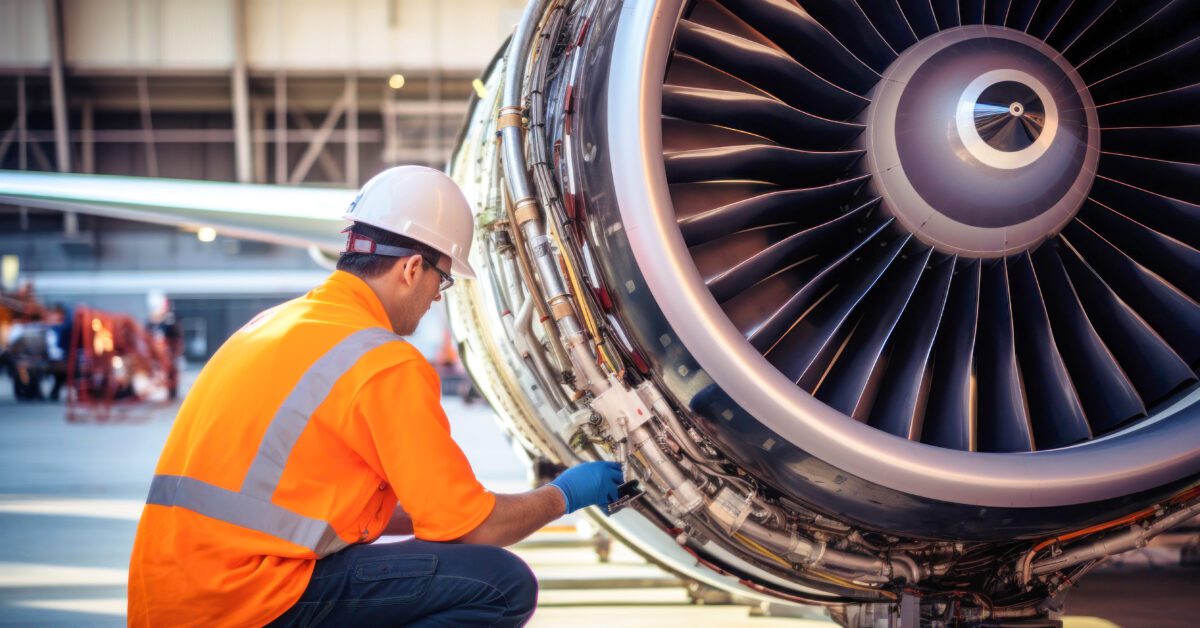
In 2024, MRO optimization offers a crucial competitive advantage for OEMs. Levels of competition and the need to reduce costs are growing rapidly, while strong margins are becoming difficult to maintain. Meanwhile, the frequency of supply chain disruptions and a sharpening focus on sustainability are adding to existing pressures.
Justin Konopaske, Director, Industry Solutions, Syncron
OEMs that take control of their MRO not only have the potential to transform asset utilization and operational efficiency, but to boost supply chain resilience, reinforce compliance, reduce waste, and increase energy efficiency. Above all, those that commit to aftermarket services and optimize their MRO capabilities will stand out as differentiated players.
The opportunity of a (aftermarket) lifetime
Maintenance, repair, and overhaul (MRO) encompasses the numerous actions required for the upkeep of machines and systems that drive a company’s core business output. Picture the complex operations of a mining equipment manufacturer providing its customers with aftermarket services. Optimized MRO has the potential to equip this OEM with transformative predictive maintenance and parts planning capabilities.
As a result, the right MRO strategy and solutions will slash downtime, improve equipment reliability, enhance productivity, and significantly reduce costs. The efficiencies unlocked by MRO then go on to strengthen supplier relationships, while automated maintenance checks take safety and compliance to the next level.
Justin Konopaske, Director, Industry Solutions, Syncron offered insights from his past experience at Boeing. Justin explained that airlines are responsible for maintaining aircraft post-delivery, and often collaborate with third party MRO service providers. In many cases, these providers handle heavy maintenance requirements, while airlines focus on urgent, AOG (Aircraft on Ground) maintenance.
OEMs are often perfectly positioned to take greater control of their own MRO activities, because they know their products better than anyone else, and are directly linked to their channel partners. By leveraging the right technologies, OEMs can achieve AI-enabled preventative maintenance, and centralize their inventory in priority areas like critical spares.
Preparing for the future with MRO optimization
In a case involving a global manufacturer of lifting equipment, Syncron enabled the business to transform its manual processes into predictive, seamless experiences. A team of our experts implemented the Syncron Parts Planning solution, which provided the customer with universal inventory transparency, prevented overstocking, and turned unused data into actionable insights.
OEMs that take a proactive approach to MRO optimization today will be tomorrow’s industry frontrunners. Techniques like condition monitoring, predictive analytics, and machine learning (ML) algorithms have the potential to enable equipment failure forecasting, and the scheduling of critical maintenance activities.
Preventative maintenance programs, powered by AI and ML, can proactively identify potential issues in real-time, before they result in costly, recurring downtime. With these insights, key maintenance tasks like calibration and lubrication can be carried out to increase reliability and extend the overall lifespan of valuable assets.
Predicting demand for critical components is another unignorable advantage OEMs can tap into by optimizing their MRO approach. By using algorithms and predictive analytics in concert, historical usage data, failure patterns, and maintenance schedules can be examined to inform precise inventory plans.
Set the pace
AI and ML are driving forces behind MRO optimization, and Syncron specializes in using these technologies to revolutionize aftermarket operations. Combining predictive analytics with configurable automation, we equip the world’s leading OEMs to take control of their MRO, and lead the way in the new service economy. Contact our expert team to find out more.